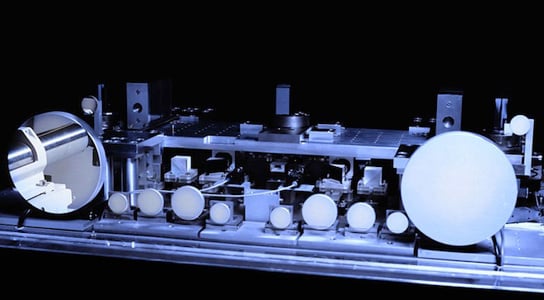
The high resolution gamma-ray facility GAMS at Institut Laue-Langevin (ILL).
It was previously thought that making a lens out of highly energetic light, gamma rays, was impossible. Physicists have created such a lens and think that it will allow the use of gamma-ray optics for medical imaging, detecting illicit nuclear material, and disposing of nuclear waste.
Physicists discovered at the end of the last century that it’s possible to create lenses for X-rays by stacking together numerous layers of patterned material. A team of physicists led by Dietrich Habs at the Ludwig Maximilian University of Munich, Germany, have discovered that even if the refractive index for gamma rays is almost equal to one, they were still able to create a lens with gamma rays. The researchers will publish their findings in the journal Physical Review Letters later this month.
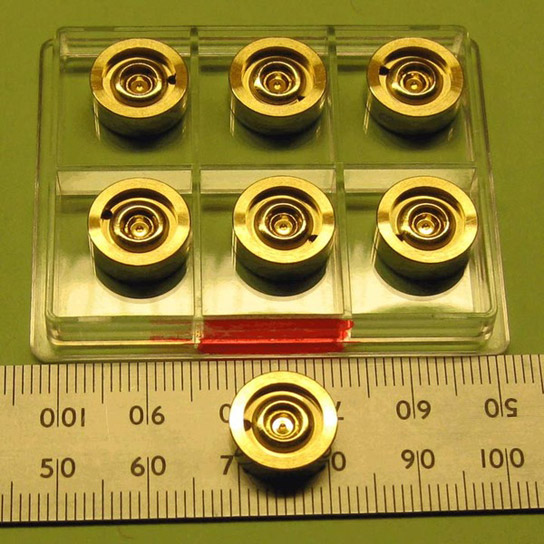
Institut Laue-Langevin (ILL) in Grenoble, France, has a research reactor that produces an intense beam of neutrons. The researchers used this to bombard samples of radioactive chlorine and gadolinium in order to produce gamma rays. They were directed down a 20-meter-long tube to a crystal spectrometer that funneled the rays into specific directions. Half of the rays were passed through a silicon prism and another spectrometer. The other half went straight into the spectrometer.
They discovered a bending effect, and the team thinks that it resides at the heart of the silicon atoms. Habs thinks that the sheer number of virtual electron-positron pairs amplifies the gamma-ray scattering, which is normally negligible.
The bending in this experiment is about a millionth of a degree, which corresponds to a refractive index of 1.000000001. This could be boosted using lenses made of materials with larger nuclei, like gold, which in theory should contain more virtual electron-positron pairs.
The resulting focused beams could detect radioactive material, or image radioactive tracers in human bodies. The beams could also scatter off certain radioisotopes, creating new ones by evaporating off protons and neutrons. This could turn nuclear waste into a non-radioactive byproduct.
Reference: “Refractive Index of Silicon at γ Ray Energies” by D. Habs, M. M. Günther, M. Jentschel and W. Urban, 1 May 2012, Physical Review Letters.
DOI: 10.1103/PhysRevLett.108.184802


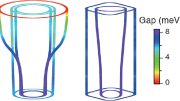


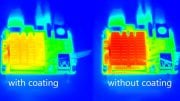
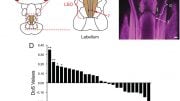
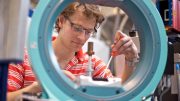

Be the first to comment on "Gamma Ray Lens Created Using Amplifying Effect of Virtual Electron-Positron Pairs"